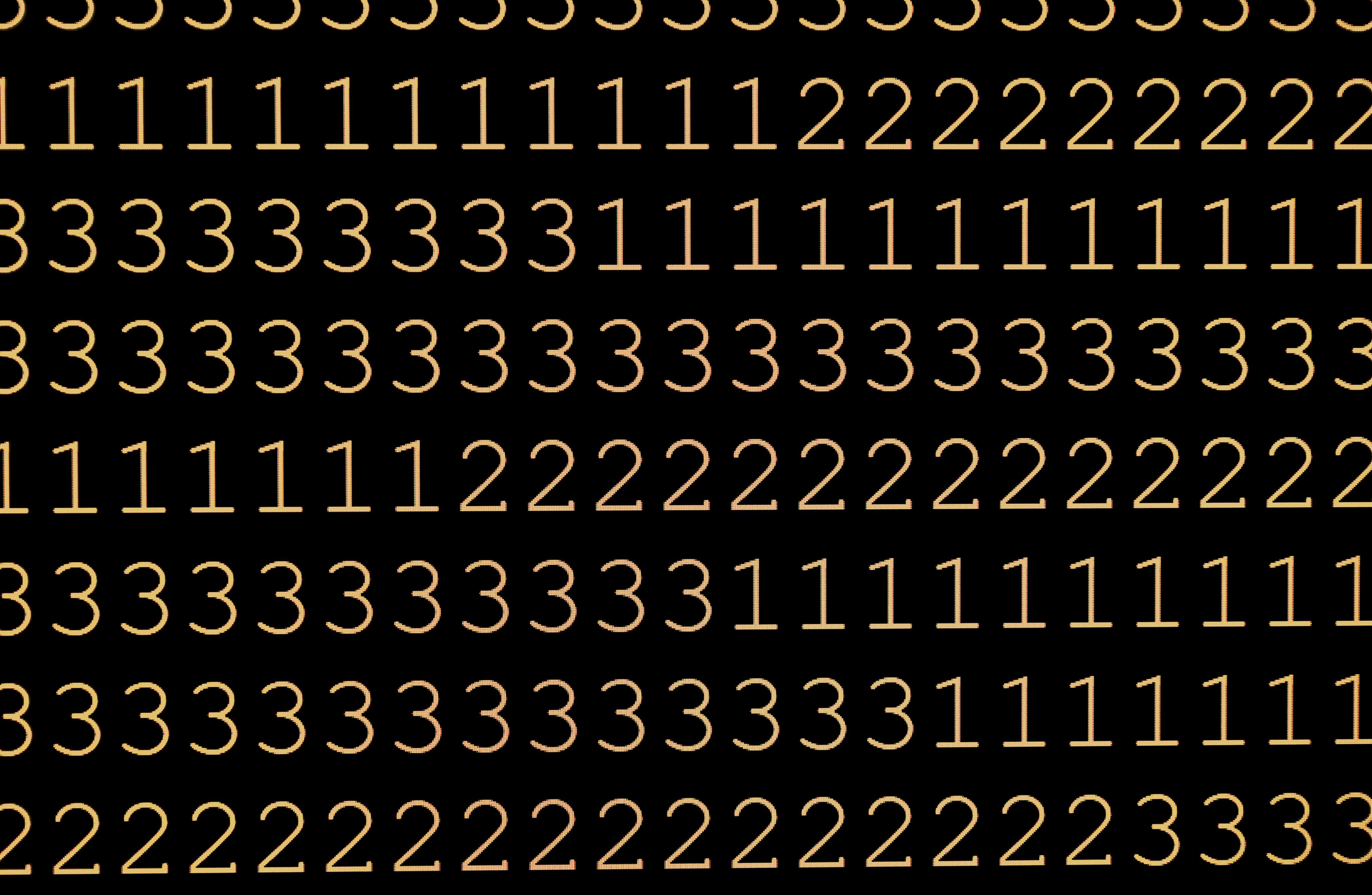Media release
From:
4. Computer science: A cheat-proof random number generator
A random number generator that uses a traceable process based on quantum physics and makes the randomness fully certifiable is presented in Nature.
Random number generation is a task currently carried out by computers that is vital for tasks such as selecting members of a jury or complex cyber security algorithms. However, current random number generators that rely on existing hardware require a level of trust that the system has not been hacked or tampered with at some point during the process. Thus, there is not a clear way of certifying if a particular generator is truly random.
Gautam Kavuri and colleagues present a random number generator that is based on a protocol the authors have developed called the Colorado University Randomness Beacon (CURBy), in which two photons are measured at two sites 110 metres apart at the same time. Each step of the measurement process is recorded publicly on a sequence of data called a hash chain, which makes any attempt to tamper with the process detectable, making the process truly random while requiring minimal trust from the user. Kavuri and colleagues ran the generator 7,454 times in 40 days and found that a truly random number was generated 7,434 times, which they call a 99.7% success rate. The researchers were able to generate an average of 186 random numbers per day, which took between 207.1 and 327.7 seconds.
The authors note that the security of the generator can be bolstered by including more beacons in the network. In an associated News & Views, Peter Brown writes: “For a third party to control the final output of the random number generator undetected, the records of the entanglement measurements and all the hash chains would need to be compromised across several geographical locations.”



 International
International


